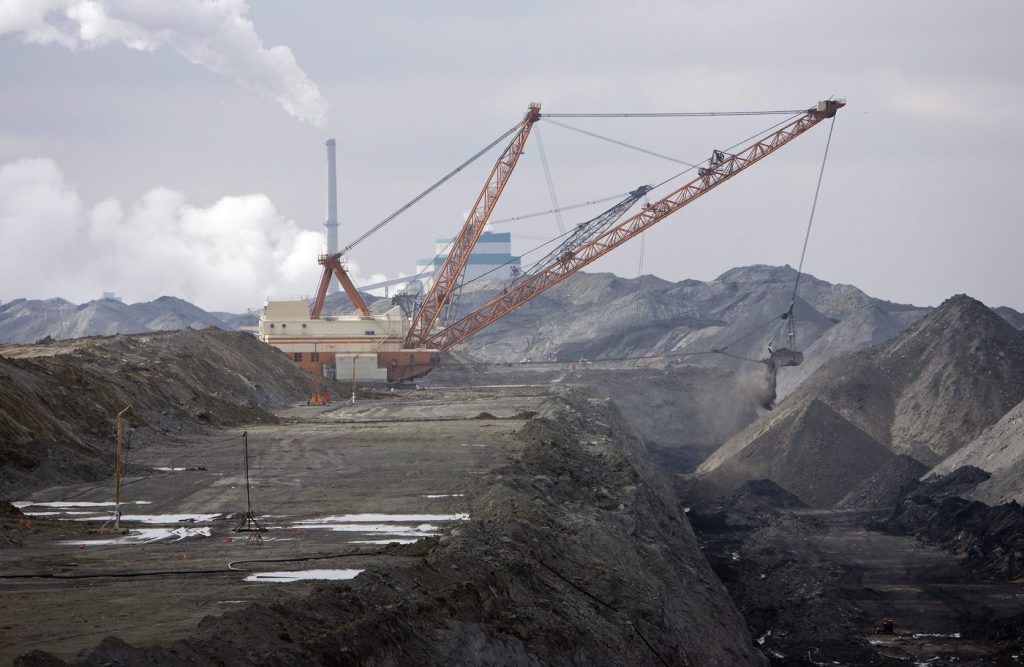A recent report from the Institute for Research on Public Policy (IRPP) highlights that one in 10 Canadians live in communities vulnerable to workforce disruption due to the transition to a greener economy. It identifies 68 specific communities across Canada that may face challenges as the country takes significant steps to reduce greenhouse gas emissions.
The report indicates that while there are existing support programs, they lack the capacity to adequately assist these communities through the profound economic and societal changes expected in the wake of a greener transition. The document, published on a Tuesday, marks the first in a series of planned policy briefs and community profiles aimed at addressing this pressing issue.
It emphasizes that disruption does not inherently equate to job losses. Instead, some regions might experience job creation in the long run, requiring workers to shift their roles or acquire new skills, particularly in sectors such as renewable energy. Conversely, a swift influx of new workers, especially in areas selected for new electric vehicle battery plants in Ontario, could lead to additional challenges, including housing shortages.
The IRPP report points out that many of the communities deemed susceptible depend heavily on high-emitting industries or are home to a large number of individuals employed in sectors undergoing substantial transformations. These areas are often small, remote, and exhibit less economic diversity compared to other regions in Canada.
The report stresses the need for the federal government to tailor its tax incentives and subsidies to encourage investments in the communities that require assistance the most. It underscores a shortfall in the government's efforts, noting that only about 10% of projects announced under the $18.5 billion Strategic Innovation Fund have been directed towards susceptible communities. According to Rachel Samson, a co-author of the report and IRPP vice president, local communities express that current support measures are insufficient for maintaining their employment levels and economic activities.
For the purposes of the study, communities were defined as census divisions rather than strictly municipalities. Notably, the report identified 131 Indigenous communities within the at-risk census divisions. Among the most vulnerable areas, eight out of the 13 are located in Alberta and Saskatchewan, which are closely linked to the oil and gas industry.
The report also includes in-depth analyses of communities such as Ingersoll, Ontario—known for hosting one of Canada’s first electric vehicle manufacturing plants—and Estevan, Saskatchewan, which is home to coal mines and a coal-powered generating station. In Estevan, concerns arise from the targeted phaseout of coal by 2030 and the uncertainties surrounding the oil and gas market, contributing to worries about the local economy's future. Community leaders in Estevan are seeking greater control and influence over the planning and government investments impacting their region.
On a positive note, Estevan's profile highlights collaborative efforts, such as SaskPower's partnership with the Ocean Man First Nation to develop a 100-megawatt solar facility, the largest of its kind in the province to date. Additionally, a consortium of First Nations is working with Enbridge on a wind project expected to supply power to 100,000 homes annually.
The report critiques the predominantly top-down approach of current policy-making, urging the federal government to enhance the capabilities and resources of community futures organizations. These non-profits, which operate under local volunteer boards, provide community-driven business strategies and guidance. However, the report points out that funding for these organizations has not increased since 2009, leaving an average office facing a $130,000 operational deficit as of 2023.
Furthermore, two recent federal legislations, the Sustainable Jobs Act and the Building a Green Prairie Economy Act, may promote greater community participation, but their effective implementation will be vital. One specific recommendation from the report is the establishment of a Canadian Centre for Community Transformation. This center would be responsible for conducting market analysis, gathering community-level data, and developing case studies to assist local decision-makers during the energy transition.










